The 10 Least Popular National Parks

Just how popular are America’s national parks right now? Last year, 57 of them set visitation records, as did the 410-park system as a whole: visitation was up , or by 14.5 million visits, from the previous record set in 2014. In total, the park service recorded more than 307 million visits in 2015.
Naturally, this meant “gateway communities” situated within 60 miles of the parks brought in a boatload of revenue. The National Park Service has been measuring visitor spending effects since 1988, and , which takes into account such variables as local sales tax, broken down by sector, overnights versus day trips, and where people stay, was released last month. In all, park visitors injected nearly $17 billion to their regional economies in 2015.
We could highlight which parks generated the whale’s share of that cash, but they’re the ones we all know: Great Smoky, Grand Canyon, Yosemite, Yellowstone, et cetera. Instead we thought you might like to know about the little guys—the ones that generated the least visitor spending in 2015. Go visit them. You can rest assured they won’t be crowded.
Listed from most lucrative to least lucrative.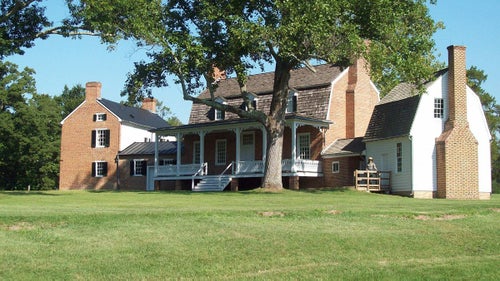
Thomas Stone was one of 56 men to sign the Declaration of Independence. He died in 1787, and he was buried behind his house in Port Tobacco, Maryland. Last year the site attracted 5,772 visits and generated $33,050 in visitor spending.
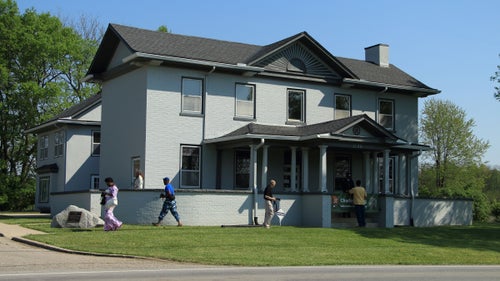
This site in Wilberforce, Ohio, is one of America’s newest national parks. It was established by President Obama in March 2013 and is the former home of Colonel Charles Young, a leader of America’s “Buffalo Soldiers,” African-Americans who fought for the U.S. in segregated regiments for more than 80 years. The site is not yet open to daily visitors—which explains why it saw just 3,993 visits last year and brought in only $22,860 to the region.

The Park Service doesn’t only honor war heroes and government leaders, as this former home of America’s only Nobel Prize-winning playwright shows. Tao House, as the site is known, is accessible by park shuttle from nearby Danville, California. Last year 3,943 people came to see the place where O’Neill wrote his final plays, generating $22,580 in spending.
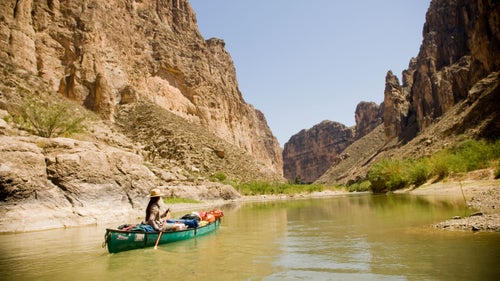
Created in 1978 to preserve the natural state of the Rio Grande River corridor, this 196-mile stretch of water runs from the Mexico border to the Terrell/Val Verde county line in Texas. Sixty-nine miles of it lies within Big Bend National Park. Last year 191 people floated the stretch; their economic impact totaled $19,690.
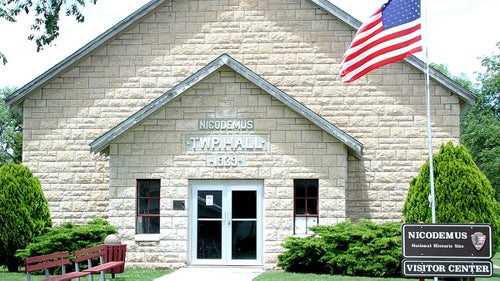
A collection of five historic buildings in Nicodemus, Kansas, this site commemorates the oft-forgotten role African-Americans played in America’s westward expansion and is the only remaining black settlement west of the Mississippi River. It attracted 3,305 visitors last year; they spent $18,040.
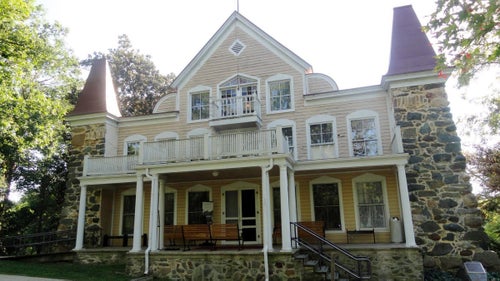
For the last 15 years of her life, Clara Barton, who founded the American Red Cross and was known for helping people in need, lived here, in Glen Echo, Maryland. The site last year attracted only 2,823 visitors, for a cumulative economic impact of $16,170. One reason for the low visit and revenue numbers is that the site closed in October for a yearlong rehabilitation process.
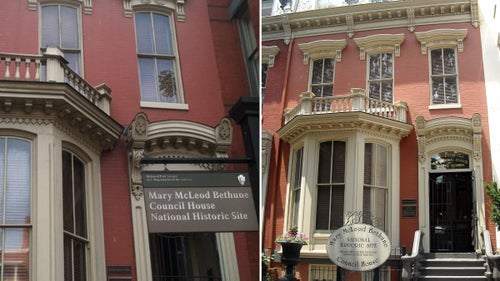
This brick house served as the first headquarters of the National Council of Negro Women and was home to the organization’s leader, Mary McLeod Bethune. Last year 8,249 visitors toured it, bringing in $15,320 to the community.

Welcome to the least-visited national park in America. Aniakchack, set deep in Alaska’s bush, was the subject of in 2014 that reported only 19 people visited the park in 2012. Last year, visits soared to 106, with $9,900 in visitor spending.
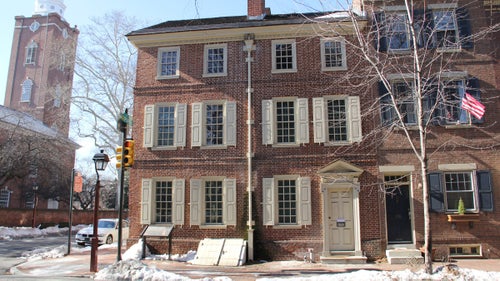
Established to honor a Polish freedom fighter who Thomas Jefferson called “as pure a son of liberty as I have ever known,” this brick building in Philadelphia is only open on weekends from April through October. Hence there were a paltry 1,261 visits in 2015 who contributed $7,220 in visitor spending.